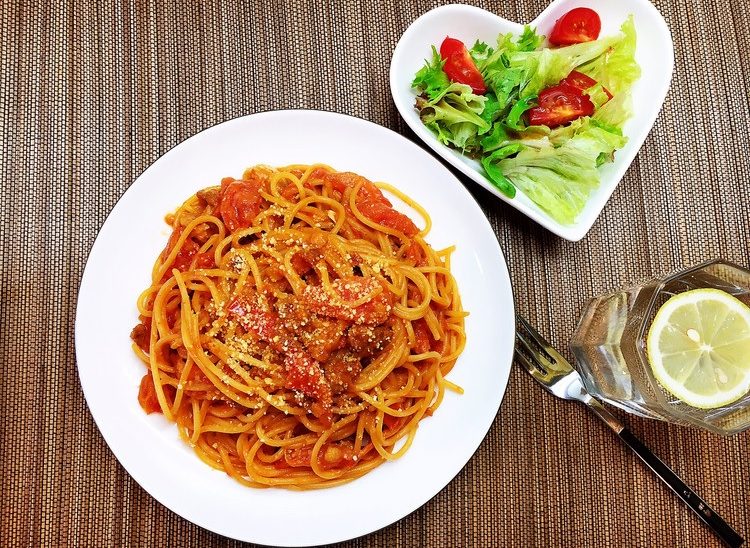
Pasta Nonna Would Approve: Authentic Family Kitchens in Florence
Pasta Nonna Would Approve: Authentic Family Kitchens in Florence
The Soul of Florentine Cuisine
Beyond the tourist-packed piazzas and Michelin-starred restaurants lies Florence’s true culinary heart – its family-run trattorias where generations have preserved pasta recipes unchanged since the Renaissance. These unassuming establishments, often tucked away in Oltrarno backstreets or hidden beneath medieval arches near Sant’Ambrogio market, serve dishes that would make any Italian grandmother nod in approval.
Legendary Establishments Worth the Pilgrimage
Trattoria Mario (Via Rosina 2)
Since 1953, this standing-room-only lunch spot near Mercato Centrale has been serving textbook-perfect pappardelle al cinghiale (wild boar pasta). The current owner, Fabio, still uses his grandmother’s technique of slow-cooking the boar for 8 hours with Chianti and juniper berries. Pro tip: Arrive before noon to secure one of the 22 stools at the shared tables.
Da Ruggero (Via Senese 89)
A 20-minute walk beyond Porta Romana leads to this vine-covered gem where Nonna Grazia, now 92, still supervises the tagliatelle al tartufo. The pasta dough incorporates eggs from their own chickens, while the truffles come from their forager cousin in San Miniato. Their secret? Adding a teaspoon of the truffle-infused oil to the pasta water itself.
Sostanza (Via del Porcellana 25R)
Known as “Il Troia” to locals, this 1869 institution maintains its original wood-fired stove where they prepare the legendary burro e acciughe (butter and anchovy pasta) using butter aged for 45 days in their cellar. The current chef, Marco, apprenticed here at age 14 under the founder’s great-granddaughter.
The Pasta Rituals That Define Authenticity
What makes these kitchens truly special are their unbreakable traditions:
- Hand-rolled dough: Every establishment maintains marble slabs and rolling pins worn smooth by decades of use
- Sacred timing: Pasta cooks in broth or well-salted water precisely to the second – watches are checked religiously
- The tasting ritual: The matriarch/patriarch always takes the first bite before service begins
- Family archives: Many keep handwritten recipe books protected like medieval manuscripts
How to Experience Them Like a Local
- Timing is everything: Most only serve pasta at lunch (12:30-2:30pm) when the family is cooking
- Speak the code: Asking “Che cosa ci consiglia oggi?” (What do you recommend today?) shows respect for daily specials
- The bread rule: Never ask for parmesan with seafood pasta – it’s the ultimate tourist tell
- Follow the workers: Taxi drivers and shopkeepers always know which place has the best ragù that day
The Next Generation
While some fear these traditions might disappear, a hopeful trend emerges. Places like Osteria dell’Enoteca (run by former banker Lorenzo who revived his great-aunt’s 1940s recipes) prove younger Florentines are returning to their culinary roots. As Lorenzo says while rolling his pici pasta: “In these kitchens, we’re not just making lunch – we’re keeping our ancestors at the table.”




